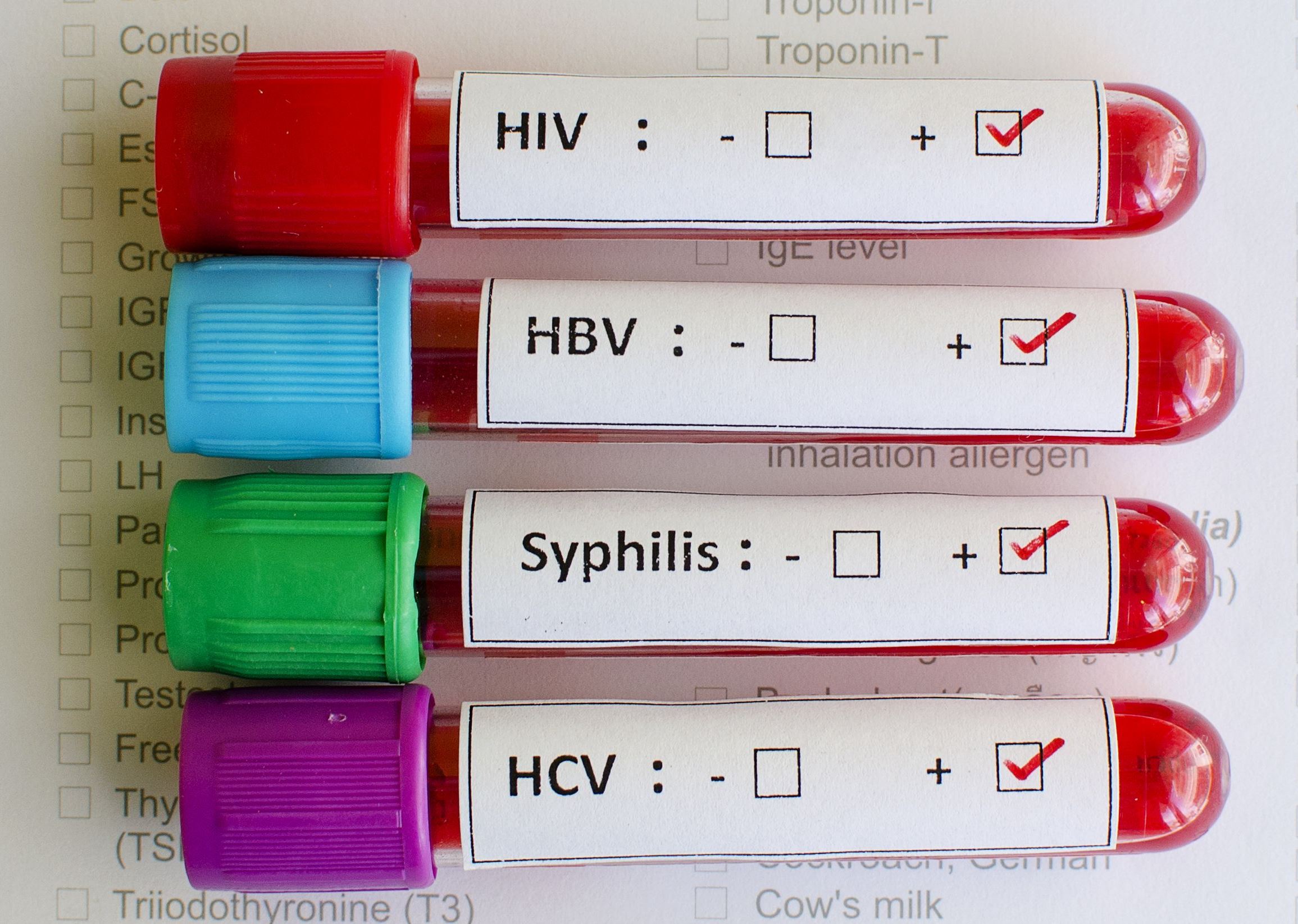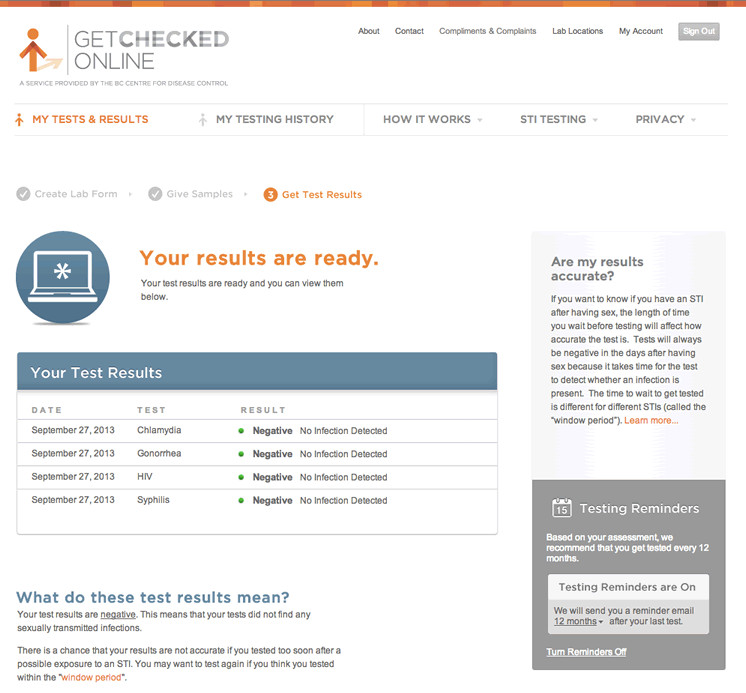5 Tips to Understand Your STD Results from SSM Health

Interpreting Your STD Test Results from SSM Health

At SSM Health, the mission to provide compassionate care includes ensuring that you have a thorough understanding of your sexually transmitted disease (STD) test results. STD testing can be nerve-wracking, but knowing how to interpret these results can help alleviate some of the anxiety. Here are five essential tips to help you understand your STD results.
1. Understand the Basics of STD Testing

STD testing involves various methods to detect pathogens that cause sexually transmitted infections. Here are the common types of tests:
- Blood tests: Used to detect antibodies to viruses or antigens from bacteria.
- Swab tests: These collect samples from areas like the cervix, urethra, anus, or throat to culture or test for DNA of infectious agents.
- Urine tests: Particularly effective for diagnosing chlamydia and gonorrhea.
💡 Note: Some tests can indicate current infection, while others might only show past exposure.
2. The Meaning of “Positive” and “Negative” Results

- Positive: A positive result indicates the presence of the STD pathogen. However, false positives can occur.
- Negative: This usually means the pathogen was not detected. A negative result does not necessarily mean you do not have the infection if it was too early in the infection cycle to detect or if there was a testing error.
3. Know the Window Periods

Each STD has a window period, the time between exposure to the pathogen and when it can be accurately detected by a test:
| STD | Typical Window Period |
|---|---|
| HIV | 2 weeks to 3 months |
| Herpes | 2-12 days for sores, 3 months for blood tests |
| Gonorrhea | 5-7 days |
| Syphilis | 3 weeks to 3 months |

⏳ Note: If you are within the window period, consider retesting after the appropriate time has passed.
4. What to Do if Results are Indeterminate or Inconclusive

Sometimes, tests yield results that are neither clearly positive nor negative. This can happen due to:
- Early stages of infection where the amount of pathogen is too low to detect.
- Antibodies not yet detectable or at very low levels.
- Cross-reactivity with other antibodies.
In such cases:
- Seek a follow-up test to clarify the results.
- Discuss with your healthcare provider the possibility of a confirmatory test or repeat testing after an appropriate interval.
5. The Importance of Follow-up and Treatment

If your results come back positive:
- Seek treatment immediately: Timely intervention can prevent complications or spread of the infection.
- Discuss treatment options: Some STDs are curable, while others require lifelong management.
- Inform sexual partners: This step is crucial for both your health and the health of your partners.
Even with negative results, periodic testing is recommended, especially if you engage in high-risk behaviors.
Summing Up Key Insights

Navigating STD test results can be complex, but with the right knowledge, you can take proactive steps to manage your sexual health effectively. From understanding window periods to interpreting test outcomes, the insights shared here from SSM Health empower you to approach your results with clarity and confidence. Engaging in regular testing, discussing results with healthcare providers, and ensuring treatment if necessary are all part of maintaining sexual wellness. Here’s to empowering health choices through knowledge and proactive care.
How often should I get tested for STDs?

+
The frequency depends on your sexual activity and risk factors. Generally, sexually active adults should consider testing at least once a year or with new sexual partners.
Can I trust a negative test result?

+
Yes, but understand that there could be a window period where the infection might not be detectable. If you have concerns, consider retesting after the window period.
What should I do if I test positive for an STD?

+
Contact your healthcare provider for treatment options, inform your sexual partners, and adhere to the treatment plan. Further testing may be required to ensure the infection is cleared.



